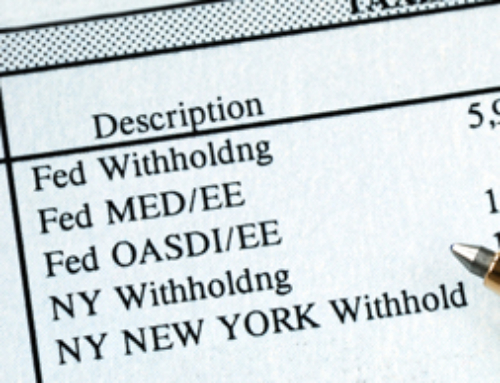 Strategies to Ensure You Get Credit for Your Charitable Deductions
Strategies to Ensure You Get Credit for Your Charitable Deductions
By Eva Rosenberg, EA
In one of my EA Exam Review Course sessions, we learn about the Tax Court. I build a class around the Tax Court’s recent decisions. One such case was Daniel and Ruth M. Gomez v. Commissioner of Internal Revenue.
This case is important to you because these people made real, honest-to-goodness tithing donations to their church of over $6,500—and lost the right to claim the deduction. Why? For the same reason many people lose their deductions—no documentation.
The Internal Revenue Code requires that you have substantiation for all of your deductions of $250 or more before you file your tax return—not during the audit.
Donations of Money
Here’s a simple three-step process to ensure your donations of money are deductible:
- Make all donations by check or credit card so you have a receipt.
- Get a receipt from each organization for each donation, however small.
- Be sure your receipt shows the value of any good, service, or meal you received—or that the receipt says something to the effect of “No benefit was provided to donor.”
Donations of Stuff
When you donate things, the rules are more complicated. You can get some hefty tax benefits, but there’s more work involved. You must do all three of these things:
- Prove what you donated.
- Prove that the items you donated were not junk.
- Prove the value of the goods you donated.
You can easily prove what you donated by taking photos or videos of the items. Having a visual record will help you in two ways: it will show the condition of the items you donated, and it will jog your memory so you can build a more accurate list of your donations.
Proving the value of routine things can be pretty easy. You have two free tools at your disposal: ItsDeductible, from Intuit, and DeductionPro, from H&R Block. These tools will give you values based on brand-name or generic clothing, appliances, electronics, etc. You can either print out the details or import the data directly into your tax return.
What about more valuable items? Anytime you want to make a donation of $5,000 or more for non-cash items, you will need a formal, written appraisal. This applies to artwork, furniture, equipment, real estate, businesses, and anything else that does not have an obvious, objective value. In addition to the written appraisal, the appraiser will have to sign page 2 of your Form 8283. Have the appraiser sign at least two copies in case you mess one up or you want an original for your files.
For donations of publicly traded stocks, the closing value on the stock market is an objective record. Print out the data to attach to your Form 8283. You can find historical data at MarketWatch’s Big Charts, or on Yahoo!
People who tithe or make large annual donations to their favorite religious institutions or charities can honor their obligations while avoiding capital gains taxes. It’s a little complicated—but it can cut your taxes.
Read More about Filing Your 2011 Taxes:
Filing Taxes 2011: Should I Do My Own Taxes?
Payroll Withholding Tax: Reevaluating Withholding for 2011







